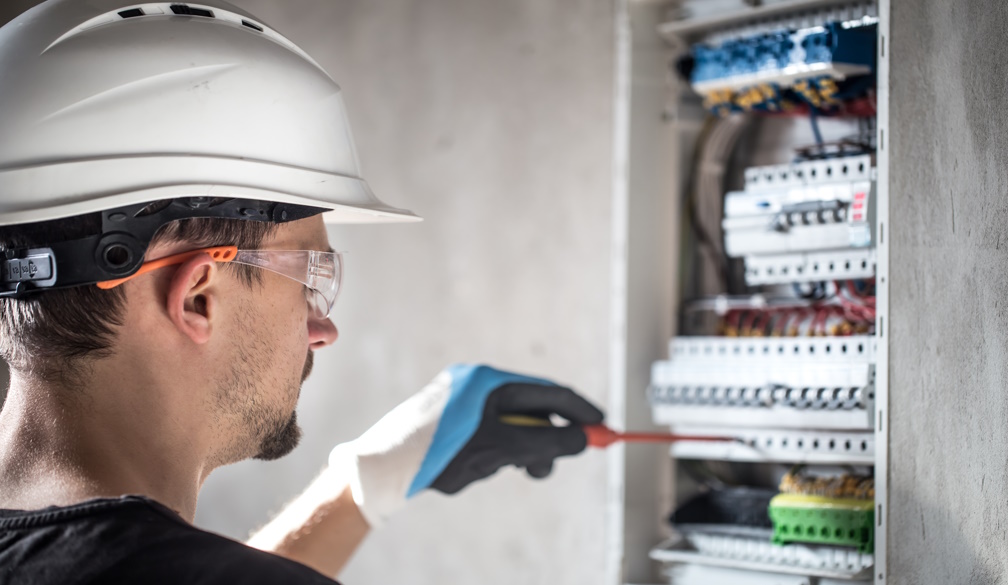With their conservative promises, Labour and National lock in existing unfairness in New Zealand's tax system
- Written by Jonathan Barrett, Senior Lecturer in Taxation, Te Herenga Waka — Victoria University of Wellington

Ability to pay is the basic principle of tax fairness: people in a similar financial position should pay similar amounts of tax; people who can afford to pay more tax than others ought to pay more tax.
The first proposition is about horizontal equity (similar treatment of similarly placed people). The second relates to vertical equity (different treatment of differently placed people). But identifying what constitutes “similar” and “different” is not science, it’s a matter of social or political judgment.
For example, someone who earns NZ$200,000 a year faces a higher marginal tax rate than someone who earns $20,000 because their situations are different. But someone who earns income from employment is taxed in the same way as someone who earns the same amount from investment because their situations are considered the same.
So, how do the political parties’ proposals measure up from the perspectives of horizontal and vertical equity?
The Greens and TOP both propose expanding the (horizontal) tax base, as Labour did three years ago with its now abandoned capital gains tax (CGT) proposal. This is a basic form of horizontal equity.
ACT proposes broad cuts to income tax and GST. But since none of the minor party policies seem likely to be adopted in their raw form by the next government, for now we must focus on the Labour and National proposals.
A dubious revenue-raising exercise
By focusing on income tax rates, both major parties ignore horizontal equity and focus on vertical equity.
In his speech announcing a new highest marginal rate of 39% for annual incomes over $180,000, finance minister and Labour finance spokesperson Grant Robertson argued the additional revenue (a predicted $550 million) will support COVID-19 recovery.
Robertson did mention fairness in his speech – in relation to multinational corporations not paying their fair share (by reporting profits in low-tax jurisdictions rather than the country they were earned). But despite huge amounts of work by the OECD, we still don’t really know what a fair share means.
Read more: Forget a capital gains tax – what New Zealand needs is a tax on inherited wealth
Besides, the equity issue that really matters is fair treatment of individuals.
As a pure revenue-raising exercise, the marginal rate increase is dubious. There is ample evidence from Australia that “bunching” of incomes occurs when marginal tax rates increase: while high-salary earners have little option but to pay at the highest rate, we are likely to see many self-employed earners with incomes capped around $180,000.
Similarly, while Inland Revenue has had some success in combating the manipulation of trusts, the opaque nature of such arrangements facilitates tax planning.
Locking in existing unfairness
So, a higher top marginal rate is a gesture of vertical equity. But it does nothing to address the implausible assumption that an extra dollar in the hands of someone earning $70,000 a year is the same as an extra dollar in the hands of someone earning $179,000.
National also proposes improving vertical equity by combating bracket creep. This occurs when tax bands are not adjusted for inflation. While not inherently unfair, bracket creep is somewhat underhanded because it draws more taxpayers into higher tax brackets when the real value of their income hasn’t increased.
Under National’s proposal, the current thresholds would be index-linked and automatically increase. At the current annual inflation rate of 1.5%, then, the threshold for the highest marginal rate would increase next year to $71,050.
This is a modest increase, but over years indexing could be significant. Even so, the change would do little to promote fair treatment between earners at the bottom of the threshold and a person earning $500,000 a year.
Labour argues that its proposal will affect only 2% of people. National says the vast majority of taxpayers would gain some benefit under its policy. The problem is, while both proposals promote modest vertical equity, they lock in existing unfairness in the tax system.
A narrow tax base is the real problem
It may seem intuitively unfair that the current highest marginal tax rate applies at a relatively low level of income, but there is no science to setting tax rates. Economists might argue over whether higher tax rates are disincentives to work or enterprise, but ultimately tax laws are a matter of political judgment.
The real unfairness in New Zealand lies in its narrow tax base. The absence of taxes on general capital gains, capital transfers and wealth all benefit the wealthy, whereas GST disproportionately affects the poor.
If we had an appropriately broad tax base, we could lower income tax rates – the 33% rate on income above $70,000 could be reduced, as could the 15% of GST.
No doubt National can’t risk looking reckless by promising tax cuts during the COVID-19 crisis and recovery, and Labour can’t risk jeopardising its current broad popularity by offering more radical ideas.
But the result of these conservative proposals, even if they are tempered by gestures of vertical equity, is to entrench the horizontal inequity that bedevils the New Zealand tax system.
Authors: Jonathan Barrett, Senior Lecturer in Taxation, Te Herenga Waka — Victoria University of Wellington



















